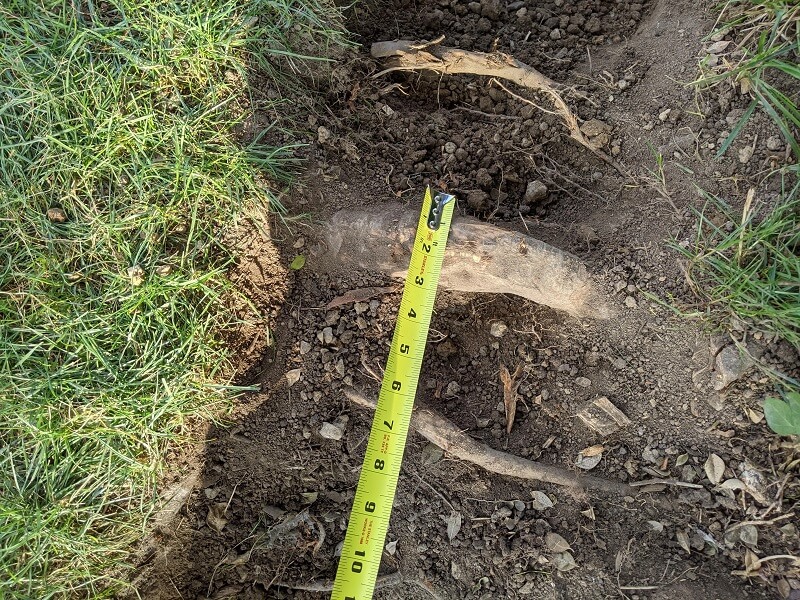A landscaping error gave one homeowner pause in the midst of building a retaining wall around their maple tree, and they went to r/arborists to see how bad the damage really was.
The OP admitted to cutting 10 fairly large roots to make way for a circular layered stone wall. All of the roots were less than two inches in diameter, but when they came upon a bigger root, they finally realized the harm they were causing the tree.


Their project is shown in a series of three photos in the post, including a closeup of the root of concern.
"Did I damage the tree already? Will cutting this root kill it?" the OP asked in the caption.
While many were quick to shame the OP, some showed up with constructive commentary.
"The critical root zone equals one foot away from the tree per inch of diameter at the tree. You may not have killed it, but I highly doubt it will ever be the tree it could have been," said one comment.
"This is small enough that you should be able to nurse it back to health," one arborist wrote.
"If you kill your tree, consider replacing it with a native dogwood, viburnum, hazelnut, hawthorn, crabapple, etc.," one Redditor suggested.
The OP replied they absolutely would but were still determined to save the existing tree. The fact that they realized the error of their ways before taking it any further and went to a knowledgeable community for insight and help is important and should be noted.
If you find yourself ready for a change in your lawn, consider rewilding your yard with native plants for a plethora of benefits. Natural lawns will save you money as they require less water, fertilizer, and maintenance.
Native lawns are also a godsend for pollinators, the unsung heroes of our food supply. According to the National Park Service, at least 75% of all the flowering plants on Earth are pollinated — that's more than 1,200 food crops and 180,000 different types of plants. Plants need pollinators to help stabilize our soils, clean our air, supply oxygen, and support wildlife.
Using this Native Plants Database, you can find which plants are native to your area as well as what kind of wildlife they attract. From options like clover lawns, vegetable gardens, tapestry lawns, and xeriscaping, you can decide what works for you and your home. Start small and grow from there, as the benefits come with any size of rewilding.
Join our free newsletter for easy tips to save more and waste less, and don't miss this cool list of easy ways to help yourself while helping the planet.









